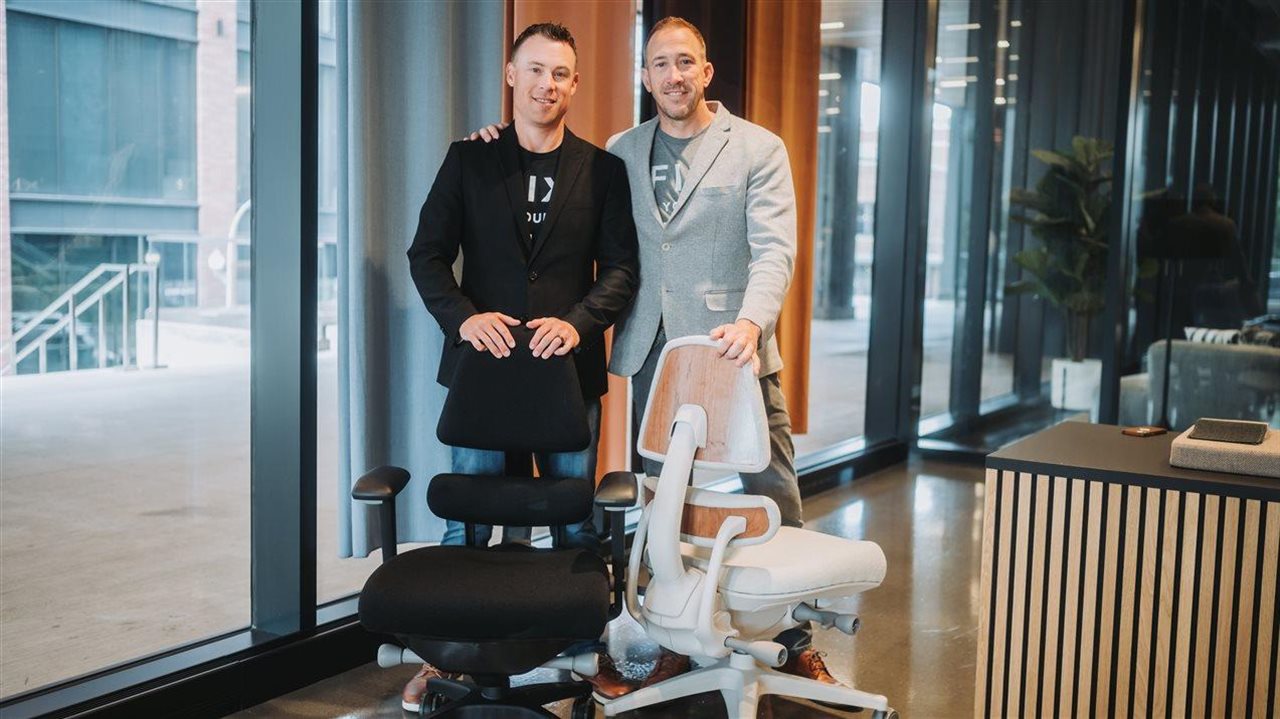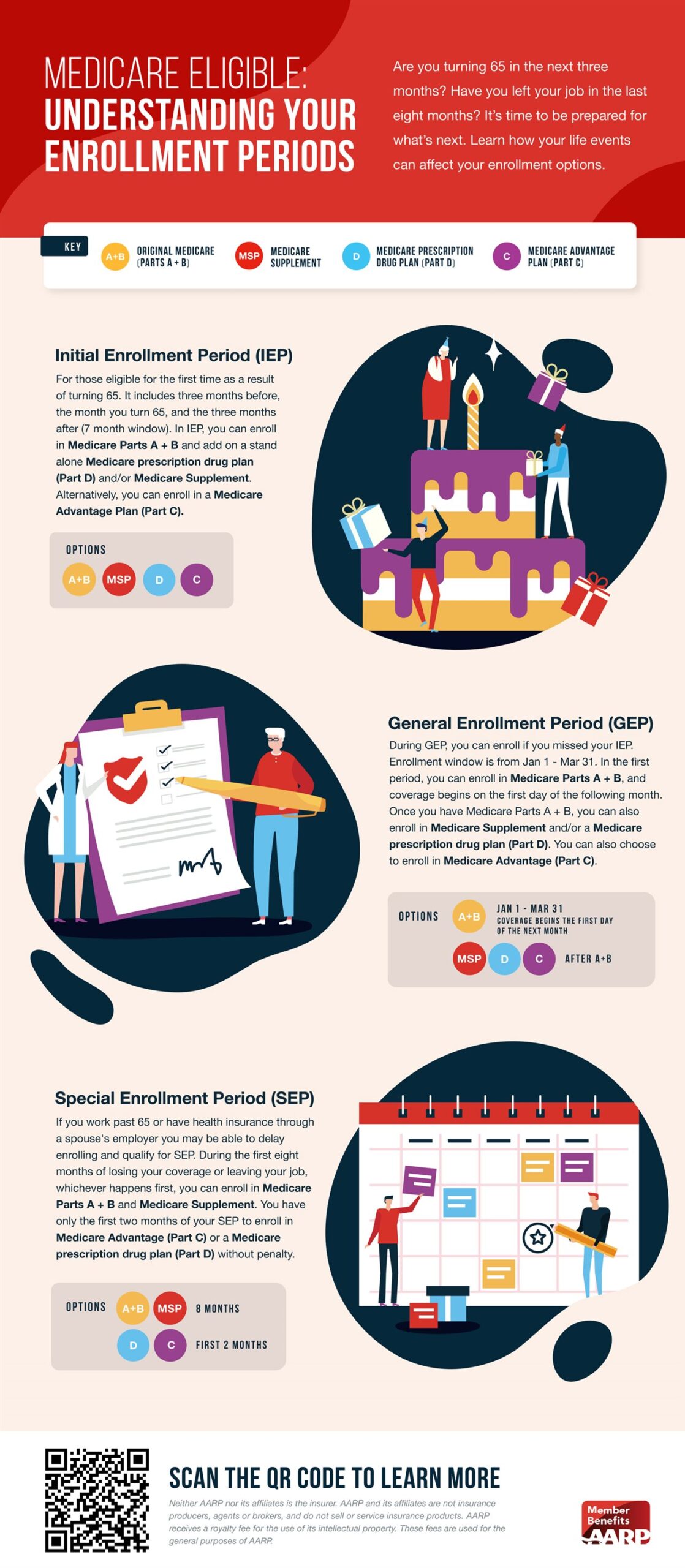2023-08-21T10:01:01
(BPT) – Whether you work from home, in the office or spend a lot of time sitting while gaming, you know that the right chair can make all the difference in how you feel. The need for proper posture isn’t new, and many solutions have emerged over the years in an effort to address this need.
One solution that has gained a lot of traction in the last few years has been the standing desk. However, could it be that this and other solutions have come about because — to put it bluntly — office chairs as we know them aren’t working to help us sit correctly?
Not only can office chairs encourage poor posture, but they can also have long-term consequences. According to the Centers for Disease Control and Prevention, it costs over $2,100 per person/per year to treat and manage chronic pain.
In addition to chronic pain, poor posture has also been linked to fatigue, injury, depression, poor vision, poor digestion, poor circulation, dysfunctional breathing and even shortened life expectancy. That’s why one startup company, Anthros, set out to design a chair that is not only comfortable, but also acts as a tool to support lifelong health and wellness.
The surprising origin of “the world’s most comfortable chair”
The Anthros team knows the importance of sitting properly and comfortably because they know that, for some, the wrong chair could have deadly consequences. The core members have spent decades working with wheelchair users — the most complex sitters on the planet — who either thrive or suffer according to the slightest modifications in their seating.
Using this, Anthros spent four years collaborating with world-class designers and engineers to develop a science-backed, evidence-based, research-focused design for an office chair. What started as an industry-changing concept is now a reality and one that the company believes has the power to improve users’ overall health and well-being.
“Existing chair manufacturers weren’t required to design products for people in which sitting can be a life-or-death issue,” said Steven Dufresne, Anthros founder and CEO.
A chair built for your shape
The Anthros chair was designed to fit the human body. For people in pain, this chair provides relief and also actively works to prevent pain before it starts. For office workers or gamers, the chair’s comfort and support make it ideal for maximum work productivity and gaming performance. And for those who value their health and wellness, this chair is an investment in their posture, performance and long-term well-being.
But what makes this chair different from other office chairs? It comes down to modifications that can meet each user’s unique needs.
First, the patented two-part back system is built to adapt to each individual’s body shape. The lower back is not lumbar support, which — despite the hype — is not the most effective way to support proper posture over long periods. Instead, learning from research in wheelchair seating, the lower back system supports the pelvis to prevent slouching and reduce lower back strain. The upper back system allows users to pull their shoulders back, preventing and alleviating neck and shoulder pain.
Next is the most important part of any chair: The seat. The company’s patented pressure-relief cutouts give the seat a cloud-like feel, providing sitting comfort with the lowest pressure cushion on the planet.
Finally, the chair does not recline. Instead, it tilts to reduce fatigue and provide a relaxed, resting position without compromising posture.
“We are selling improved health and performance, disguised as an office chair,” said Eric Murphy, Anthros founder and CMO. “Most chair companies say they do something. We aim to ‘prove’ we do it.”
Giving back to disabled community, the world’s most complex sitters
The Anthros Foundation is committed to giving back to the worldwide disabled community. There are countless countries where children and adults can’t access basic mobility equipment that would allow them to participate in fundamental activities of daily living. That’s why 100% of every dollar raised is used to host fundraising events and given to organizations that serve the global wheelchair community.
The foundation’s work doesn’t end with monetary donations. Anthros uses its expertise to help train others how to properly fit and provide this life-changing equipment and make a global impact.
Investing in your future
While the Anthros chair is an investment, it is built to be your last chair. Whether you’re an office worker, a gamer, a health-minded individual or seeking pain relief, investing in your chair is investing in yourself. To learn more, visit Anthros.com.




















